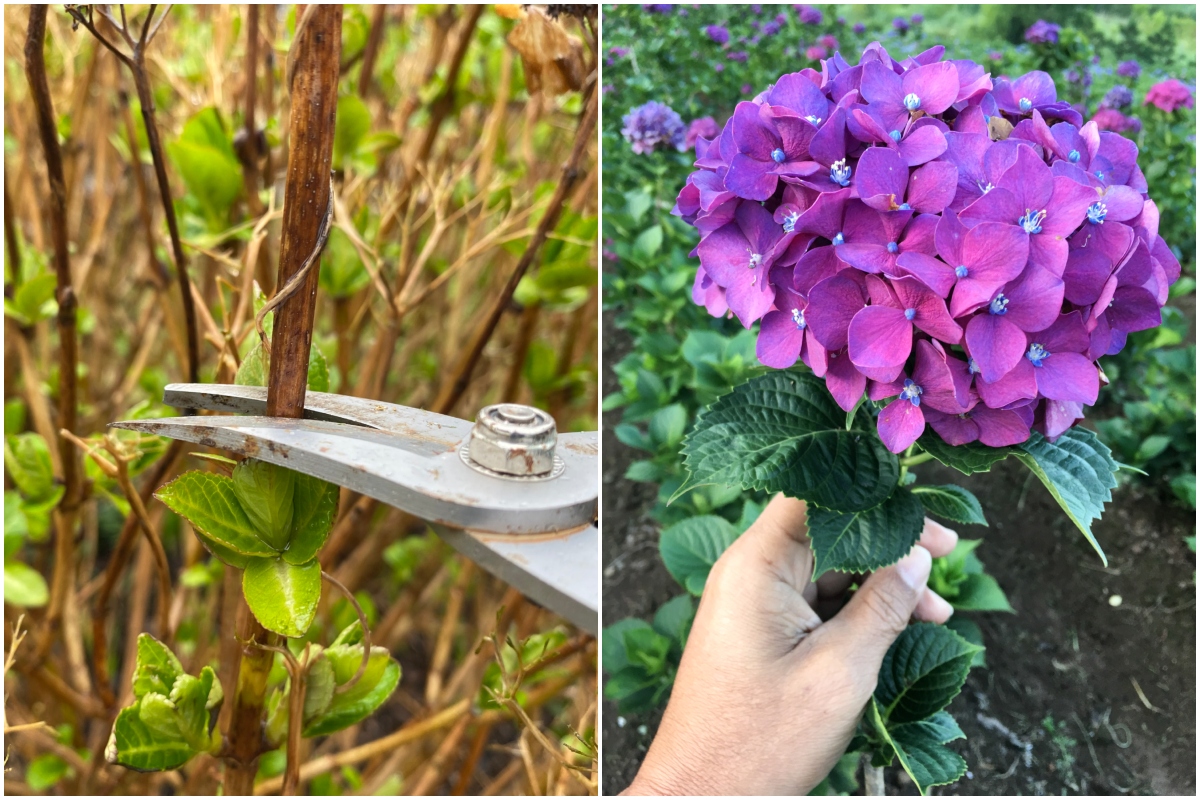
Hostas reward gardeners with an ever-changing landscape as they grow back year after year. The lush spring leaves, midsummer blooms, and subtle autumn foliage color make gorgeous mass plantings in dappled sunlight.
These hardy plants, found in endless varieties, pair well with popular shade perennials like astilbes, ferns, and heucheras or as foreground planting backed by spring flowering shrubs like hydrangeas, rhododendrons, or mountain laurels.
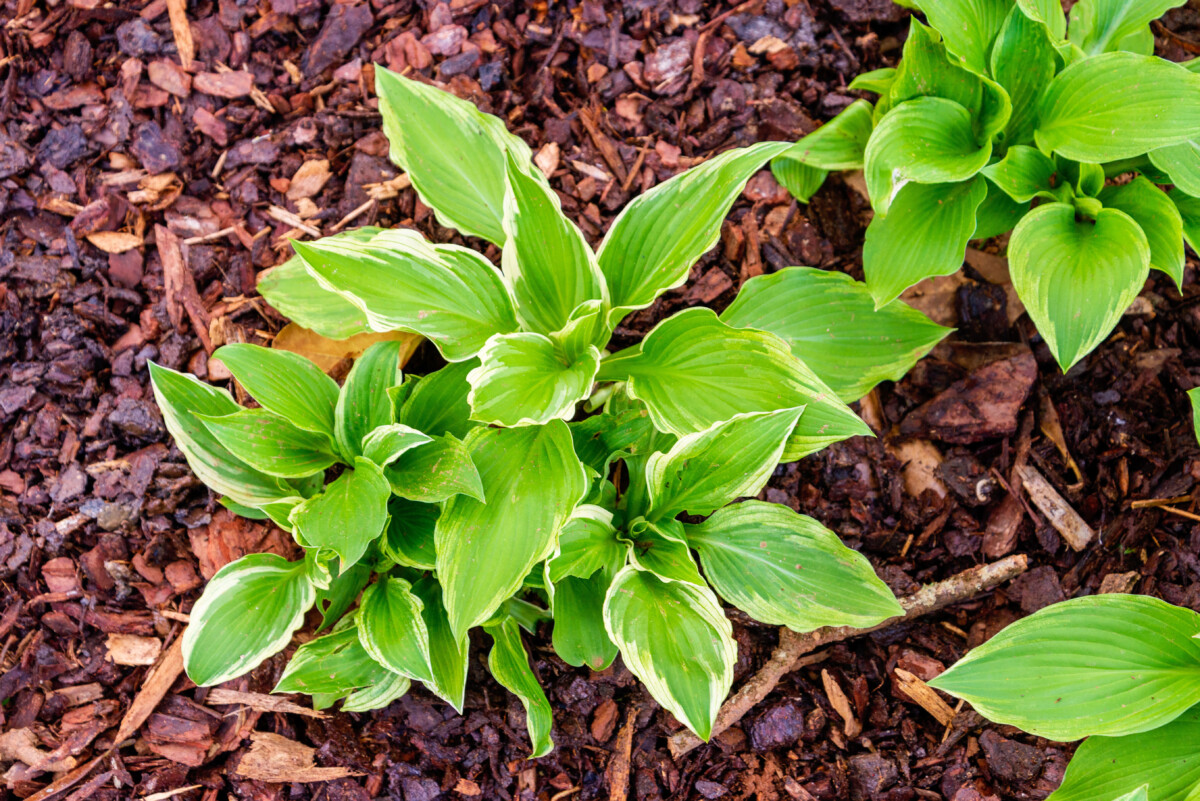
Like other garden perennials, these easy-care plants thrive in the landscape with little work. But “low care” doesn’t mean “no care.” Read on to learn how spring maintenance can keep your hostas looking and growing their best.
1. Dig And Divide Hostas To Increase Your Collection
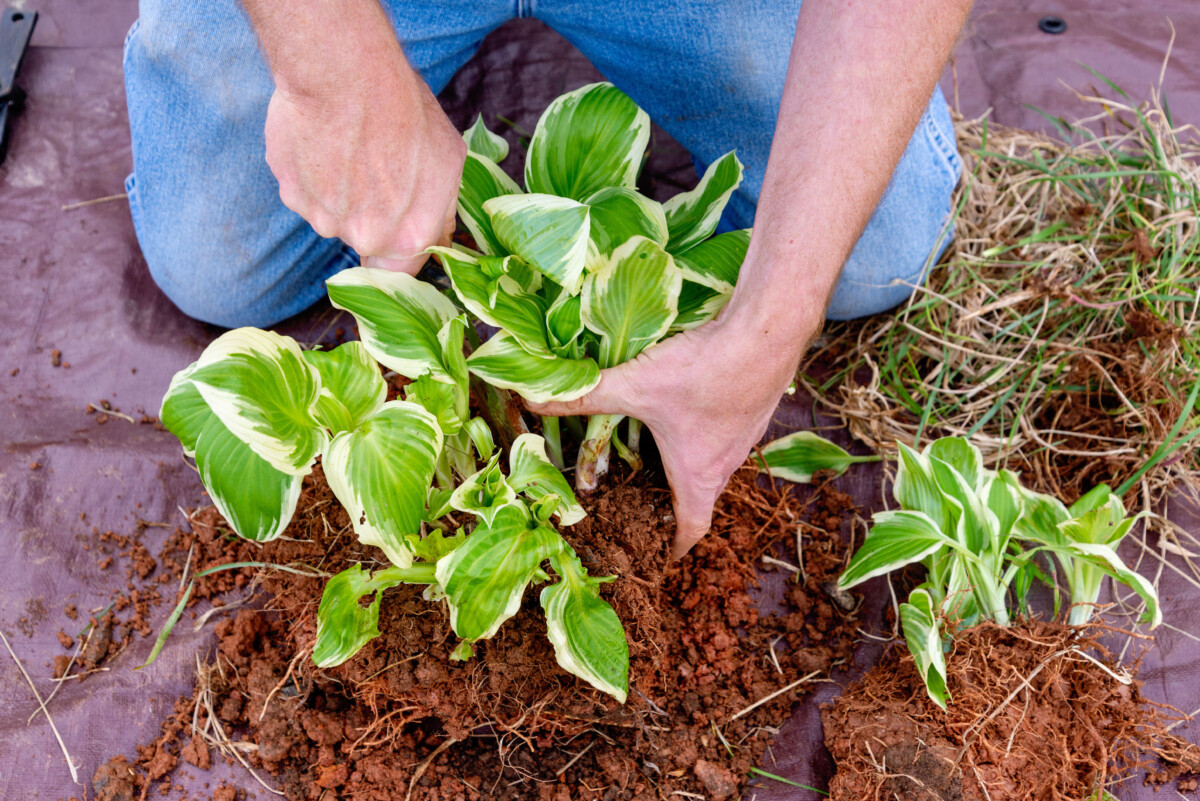
Unlike other perennials, undisturbed hostas will grow strong and healthy for many years. The clump will grow larger each season, or if space is restricted, it will grow slower. But thrifty gardeners know that division is a great way to get more plants without buying them. Dividing hostas every four or five years is also a good way to maintain the appearance of a garden bed.
The best time to divide hostas is early spring, just as the new leaves emerge from the root crown. This is also the best time to transplant hostas.
Start with a healthy clump with at least six shoots or eyes. Dig it out of the garden with a sharp spade, leaving plenty of feeder roots around the edges. Use your spade or a sharp knife to slice straight down through the clump, creating approximately equal-sized portions with 3 to 5 eyes on each.
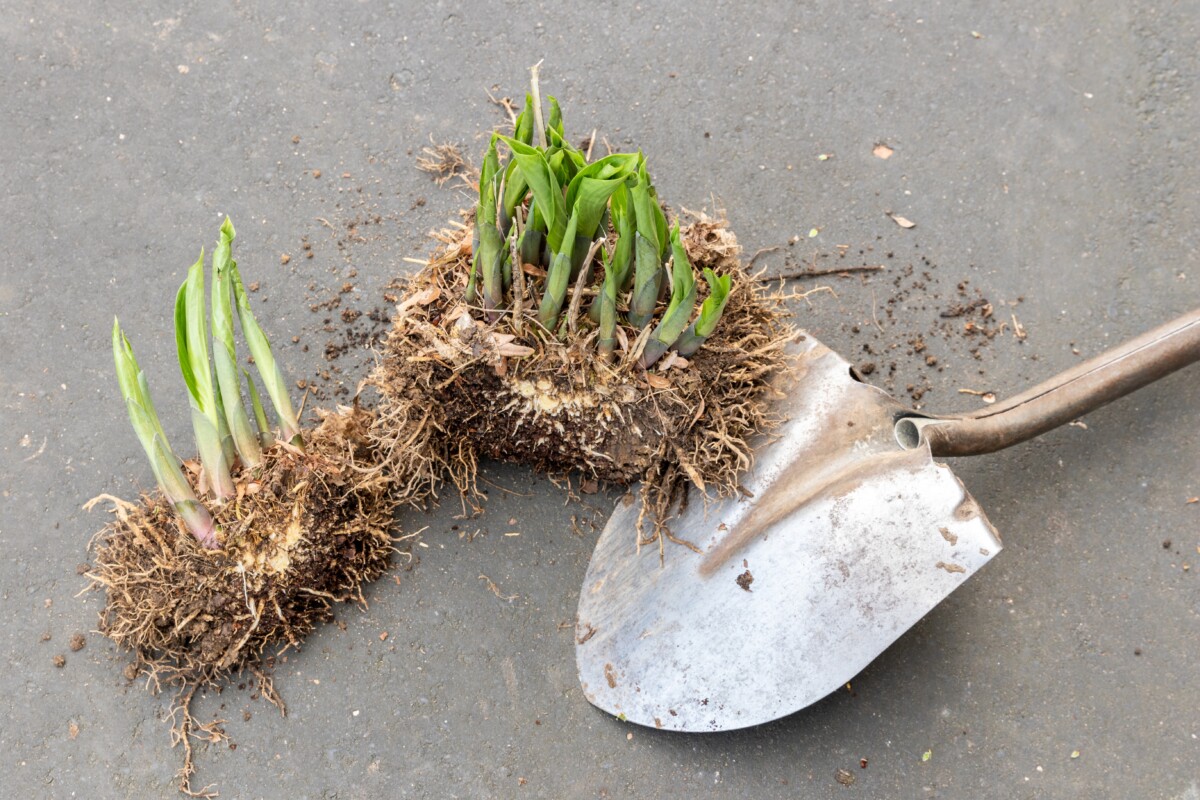
Remove any weeds or moss from the divisions before replanting. If starting a new garden bed, amend the soil with plenty of coarse compost to improve the texture and drainage.
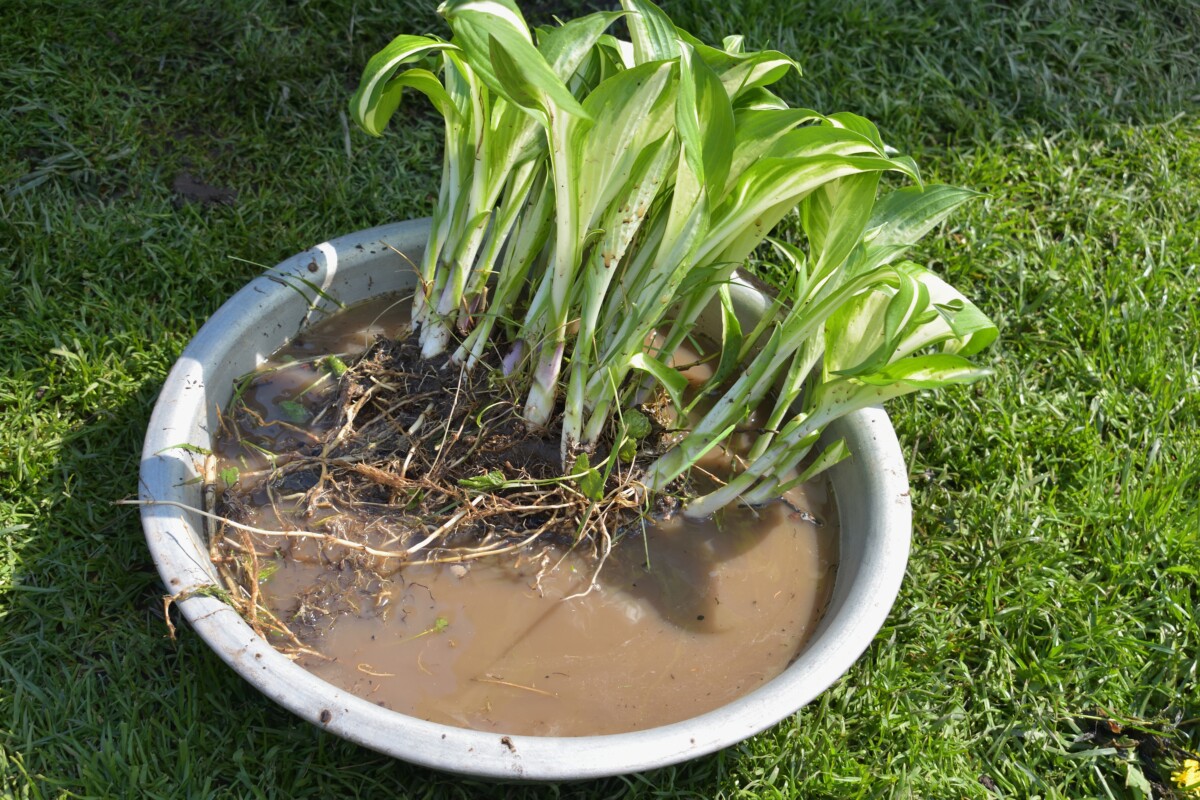
Plant the hosta divisions at the same elevation as originally or slightly higher to account for soil settling. Finish up by applying a 1-2 inch layer of mulch.
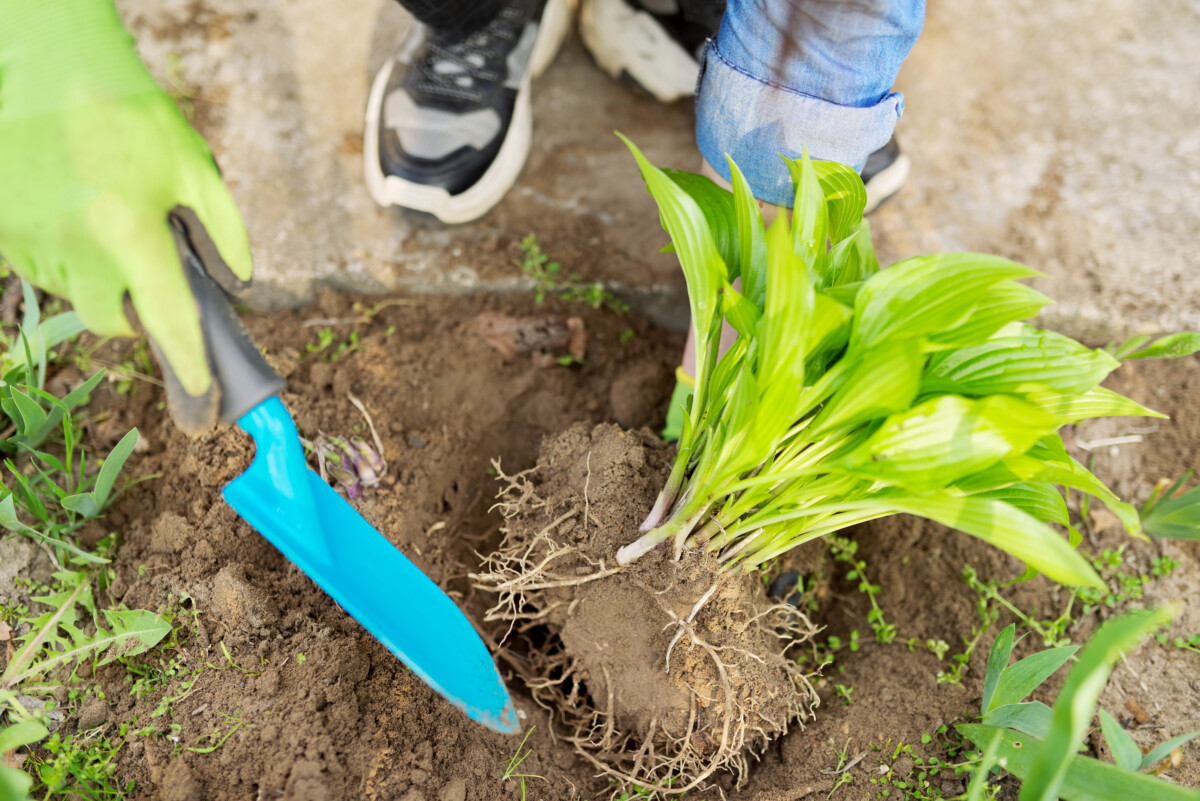
2. Fertilize Hostas In Spring To Promote Balanced Growth
Providing optimum plant nutrition is a great way to support strong roots, great-looking foliage, and abundant flowers. Hostas have evolved to survive winter and emerge in the spring by storing essential nutrients in their thick fibrous roots throughout the growing season.
Fertilizer is best applied in a form they can use slowly over an extended period. Avoid rapid-release granules and liquid fertilizers that might damage the plants or will wash away without feeding them.
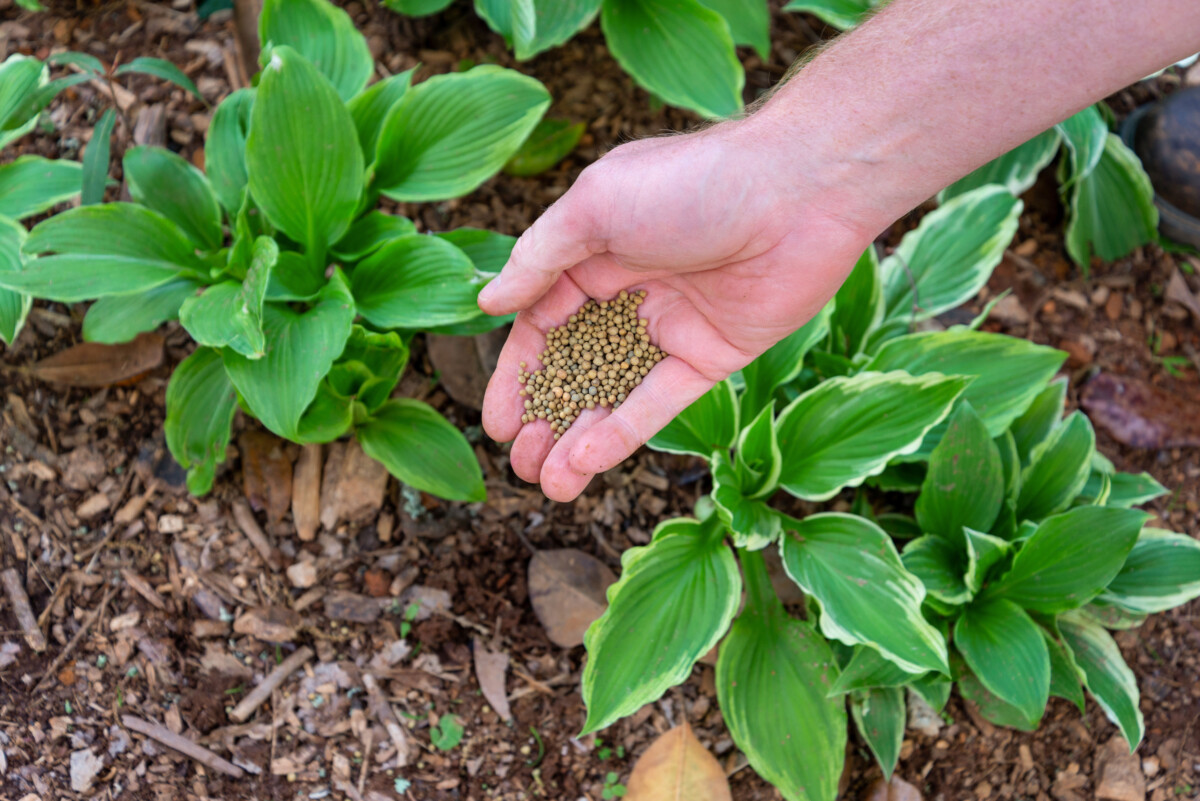
After the hosta leaves have emerged in spring and after making any plant divisions, apply a balanced organic or slow-release plant food as instructed on the fertilizer package. One feeding in mid-spring is generally sufficient for the season.
My favorite fertilizer for hostas (and for most plants in the garden) is to apply kelp meal. This organic fertilizer is made from seaweed and provides all the essential minerals plants need, as well as improving soil health and structure. Sprinkling kelp meal around your plants is one of the best things you can do for your backyard in spring – or any time of year.
This is my favorite brand of kelp meal and the one I recommend to every one.
Alternatively, you can apply a liquid feed of seaweed fertilizer. This has all the trace minerals hostas need to thrive such as zinc, iron, boron and manganese.

I personally use this Bloom City Organic Liquid Seaweed Kelp Fertilizer. Just a teaspoon or two in a gallon of water is all you need.
Refresh the mulch with a fresh layer, if needed, after feeding. Water deeply after feeding and as needed throughout the growing season to keep the root zone from drying completely.
3. Mulch Hostas To Conserve Water
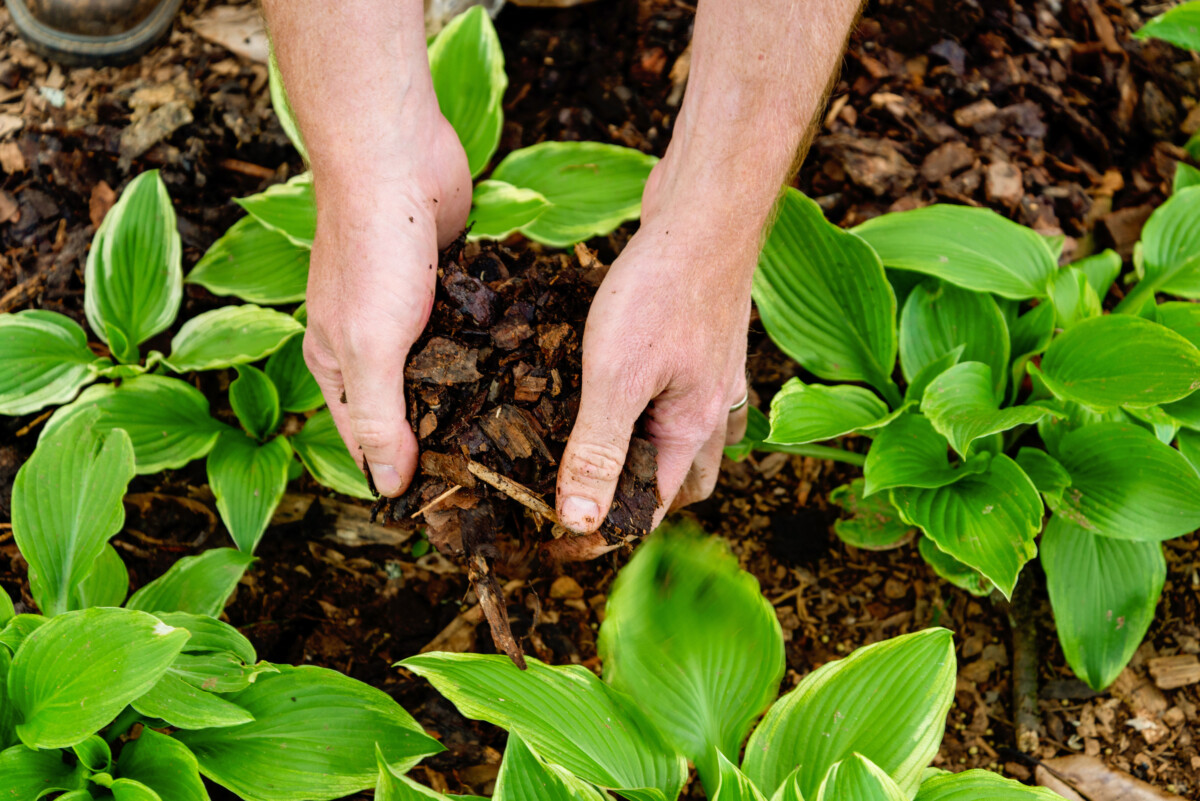
Hostas grow well in many different soil types, but they grow best in soils with ample organic matter. This material helps store and release plant food and facilitates a healthy moisture balance in the root zone.
After planting, maintaining a mulch layer on the soil surface is the best way to ensure healthy soil structure. Initially, the mulch shades the soil, buffering the temperature, reducing weed competition, and minimizing evaporation. As the mulch slowly decays, earthworms and other soil builders move the material down into the soil, which feeds beneficial microbes that support robust root growth.
Hostas are not picky about the type of mulch you use. They perform well under compost, shredded hardwood or pine bark, pine needles or leaves. The best choices are materials readily available locally, cheaply, or for free. Mulch liberally, one to 3 inches deep, in the spring, then add more later in summer if needed.
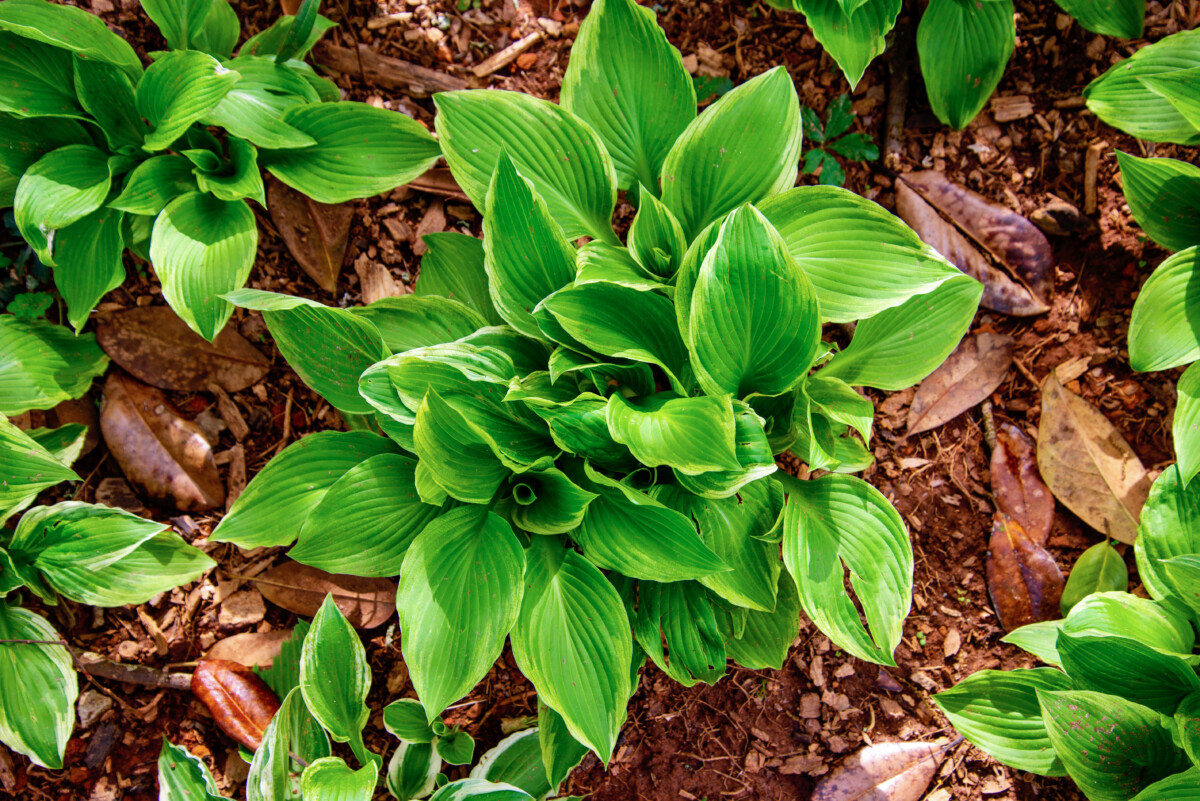
4. Protect Hostas From Deer, Slugs & Other Garden Pests
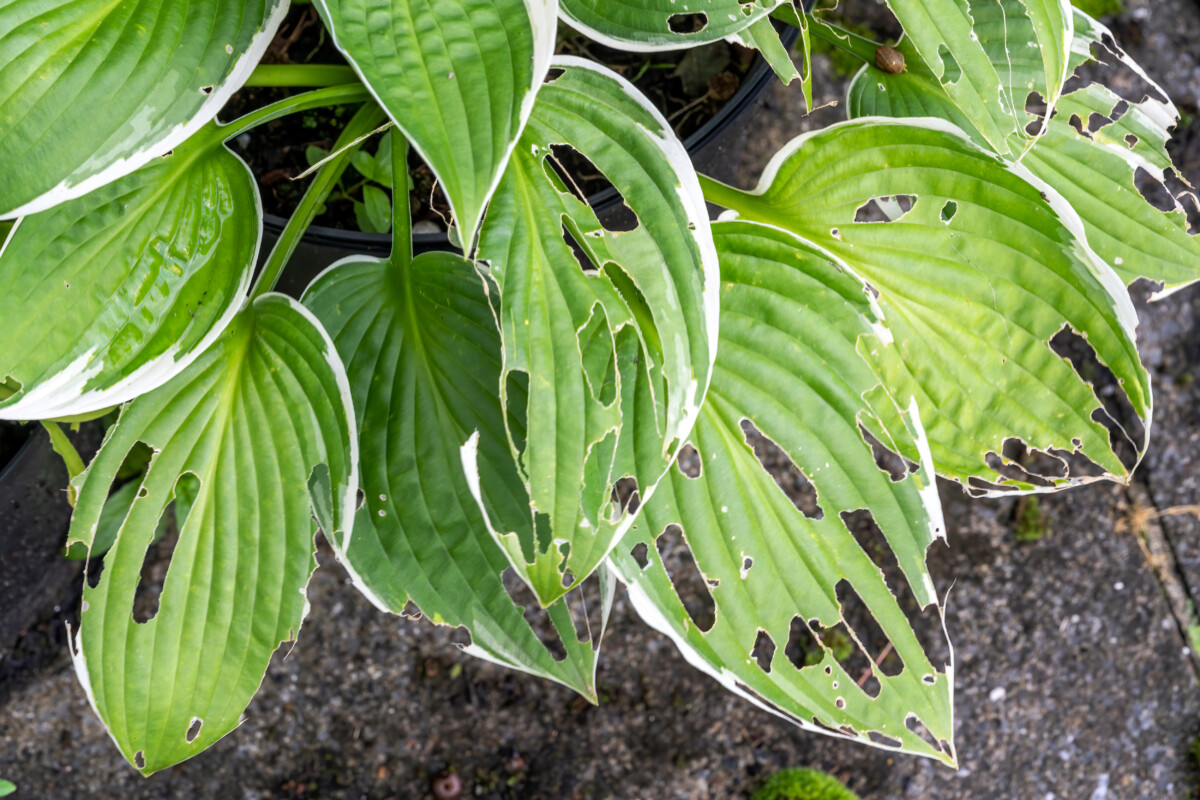
While hostas might be easy to grow, pest damage is one challenge many gardeners face, especially in spring.
The soft, fleshy leaves seem like candy for deer, rabbits, slugs, and snails. And did you know hostas, especially early spring growth, are a delicious treat for humans, too? Here’s how you can eat your hostas.
A little nibble, or even eaten to the ground once, the plants will grow back. But where pest pressure is constant, you must take action to protect your hostas.
Deer and rabbits may respond to applications of scent or taste-based repellents. Usually, one product works for a while, but the effect wears off over time. When this happens, you will need to try a new repellent approach. For some, a rotation of two or three repellents works. For others, especially where deer populations are high and natural habitat is lacking, repellents do not work.
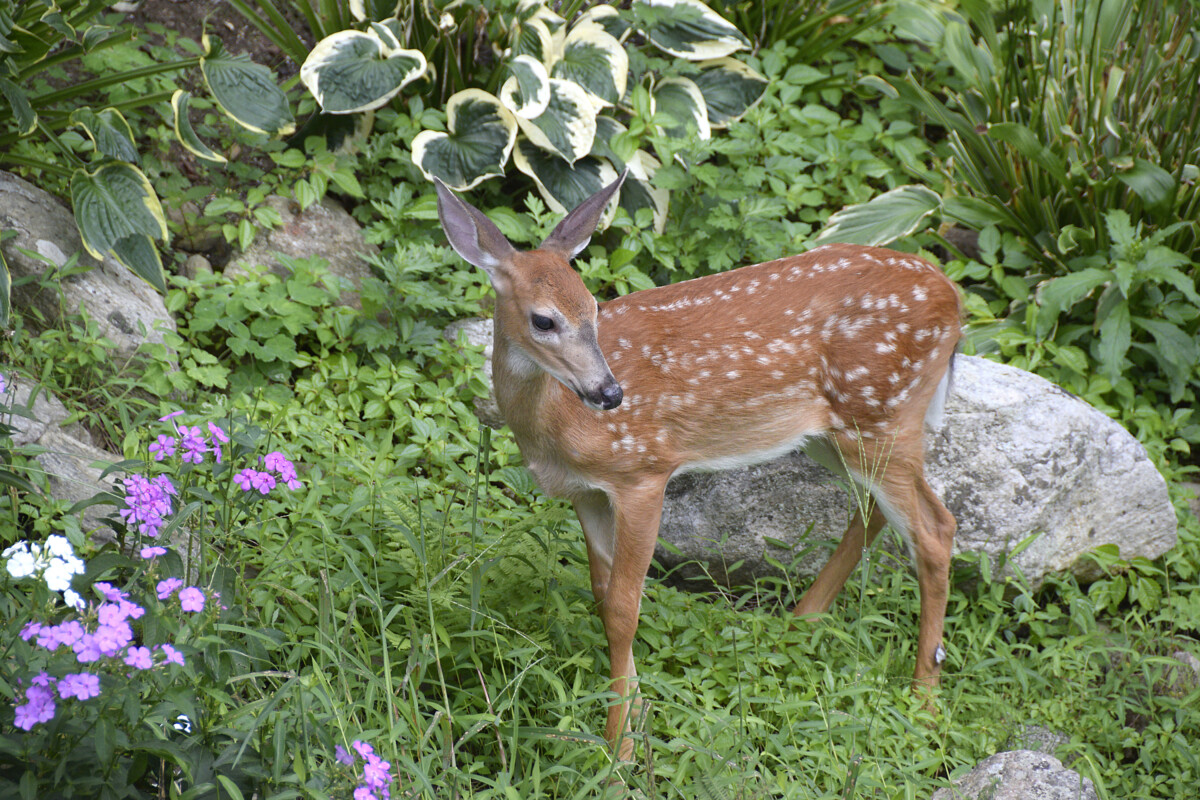
Other options for controlling larger plant-eaters include fences, netting, and motion sensors that operate water jets, lights, or noise makers.
If slugs and snails are the problem, baits and repellents can be helpful.
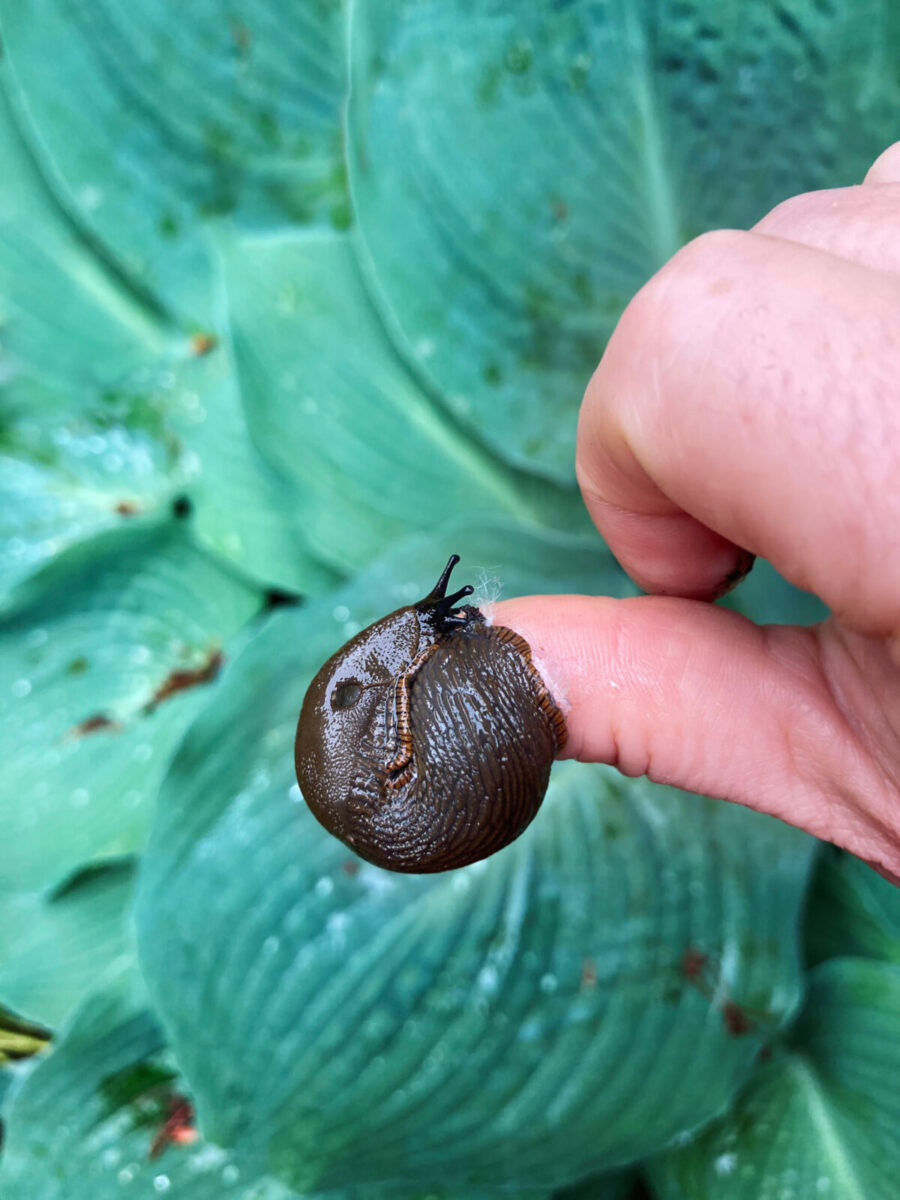
These critters hide near the soil line during the day and climb the plants to feed at night. Place a board or a piece of cardboard on freshly watered soil below the plant and check beneath it in the daytime. Hand remove slugs and snails daily to reduce numbers.

